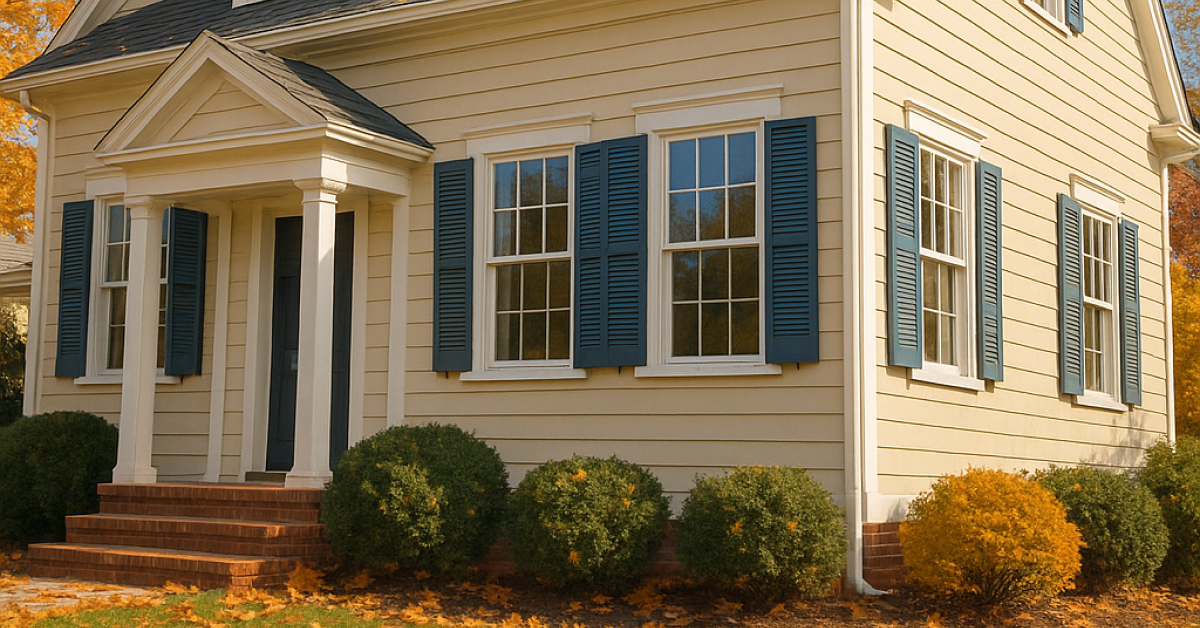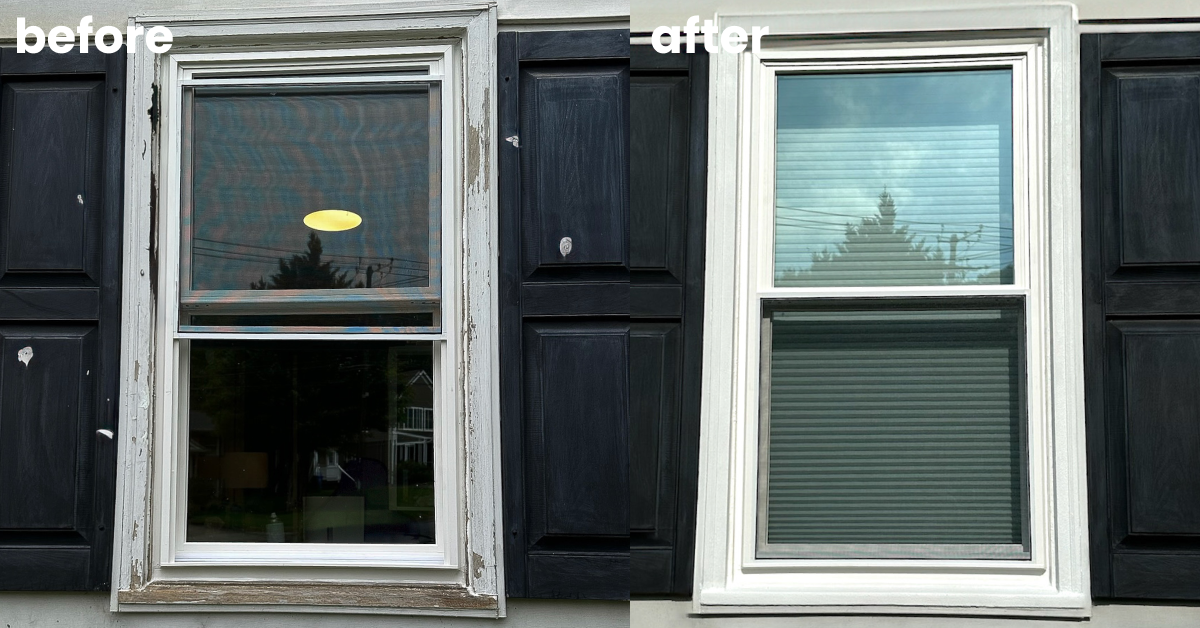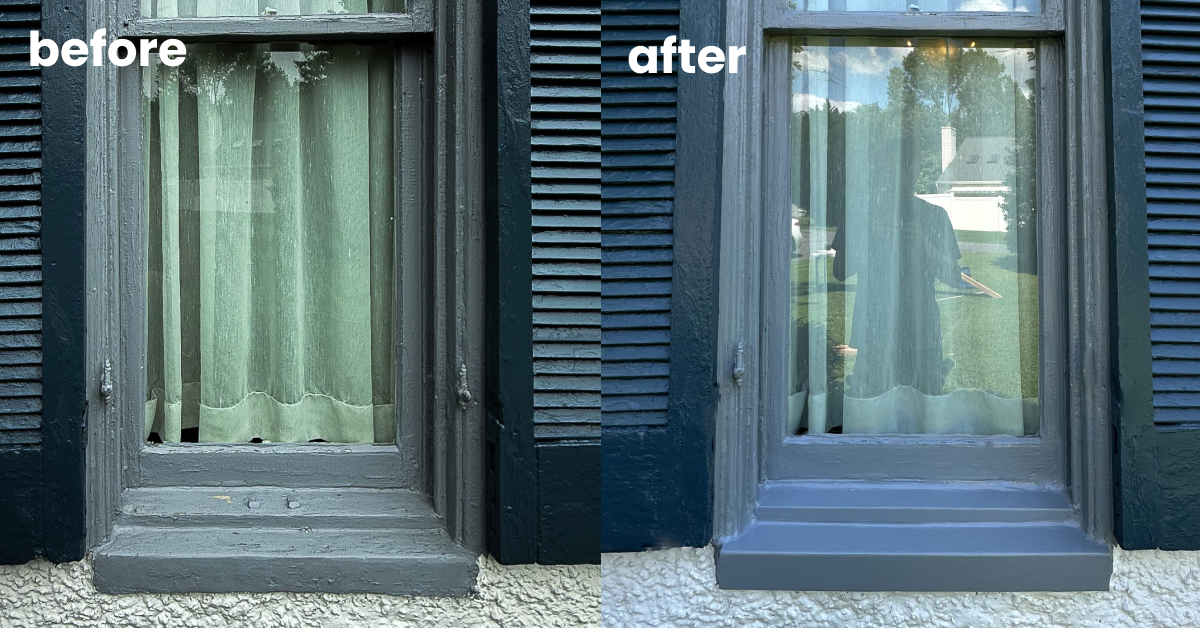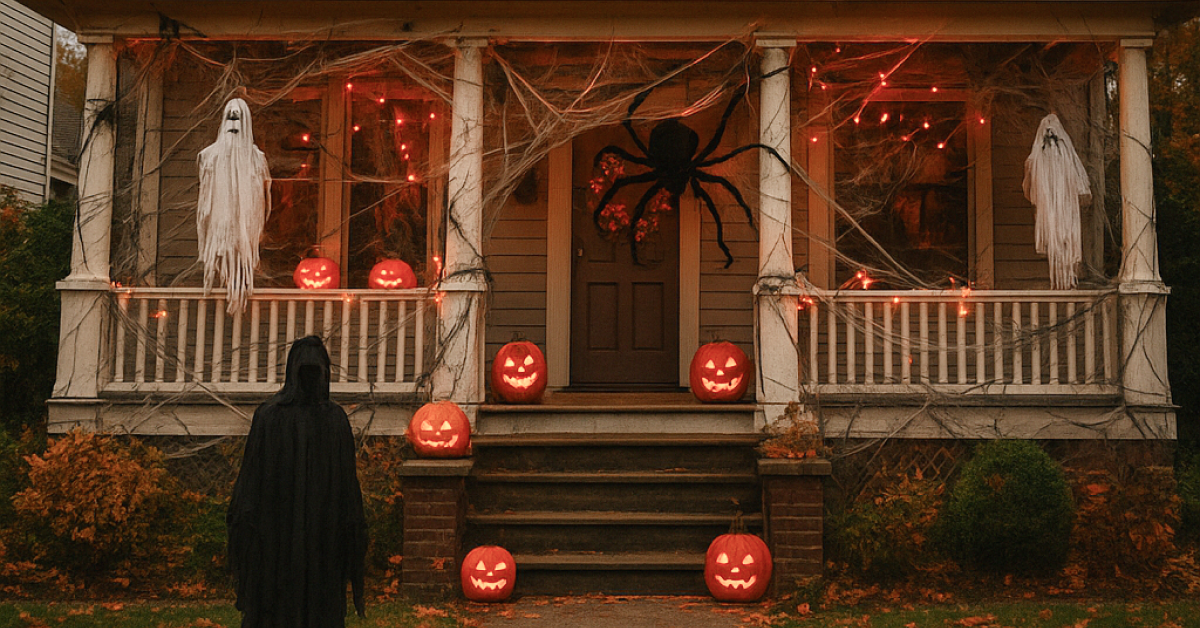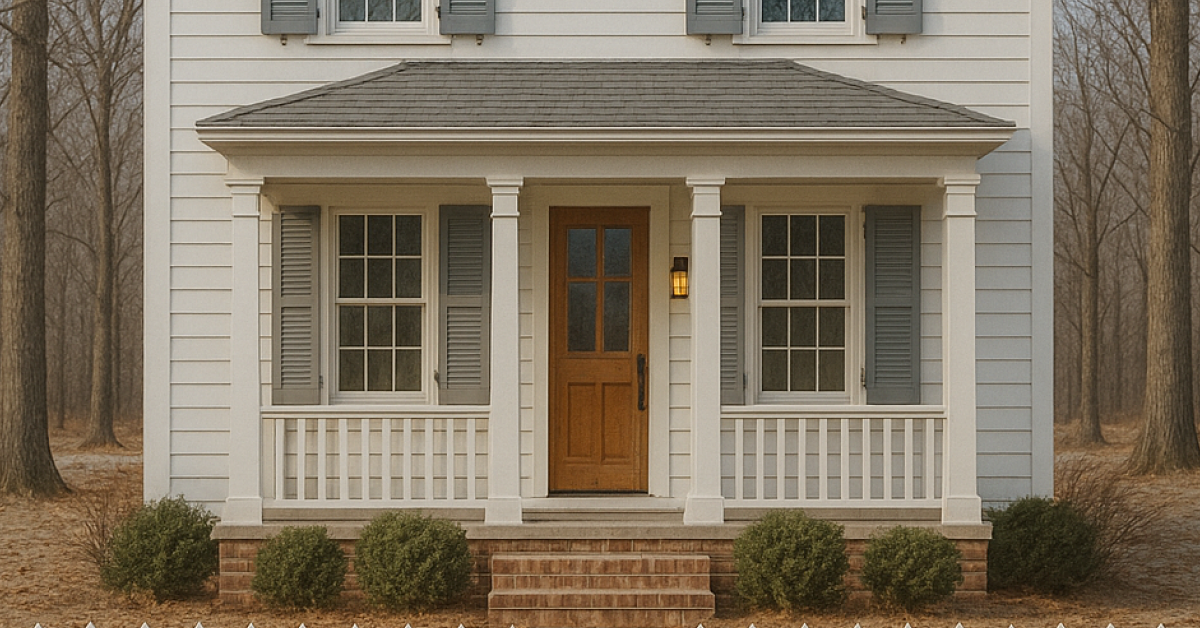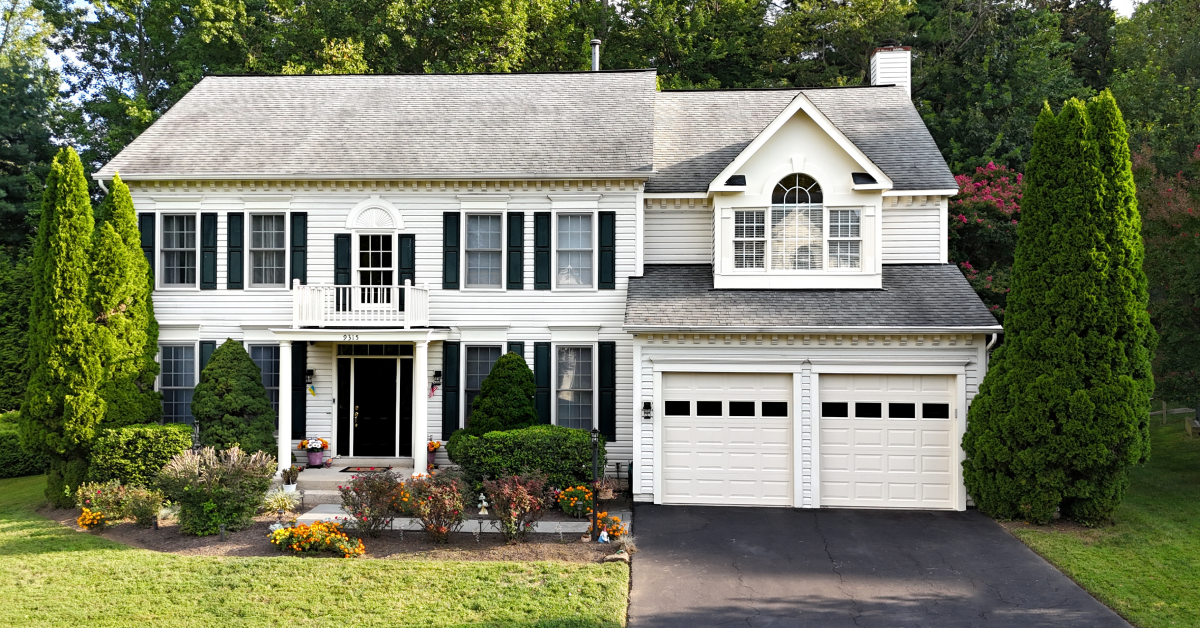When it’s time to replace old, drafty, or damaged windows, choosing the right material can make all the difference. Modern homeowners typically choose between three main options: vinyl, wood, and fiberglass. Each has its own benefits, drawbacks, and ideal uses. The right choice depends on your budget, style preferences, and how much maintenance you’re willing to handle.
Let’s take a closer look at what each material has to offer — and which one might be the best fit for your home.
Vinyl Windows: Affordable and Low-Maintenance
Vinyl windows are made from PVC (polyvinyl chloride), a strong plastic material that’s become one of the most popular choices on the market. They are known for being cost-effective, energy-efficient, and practically maintenance-free.
The main advantage of vinyl is its affordability — it offers great performance for a reasonable price. Vinyl windows also have excellent insulation properties, which help reduce energy bills by keeping your home warmer in the winter and cooler in the summer. They don’t need painting or sealing, and they won’t rot, peel, or attract pests.
However, vinyl has a few downsides. It can expand and contract slightly with temperature changes, which may affect long-term sealing if the installation isn’t perfect. Vinyl also has limited color options, and once installed, you can’t easily repaint it. Aesthetically, vinyl can look less luxurious compared to real wood.
Wood Windows: Timeless Beauty and Natural Warmth
Wood windows have been used for centuries — and for good reason. They offer unmatched beauty, warmth, and character that no synthetic material can truly replicate.
One of their biggest strengths is customization. You can paint or stain wood windows in any color or finish to match your home’s design. Wood also provides natural insulation, helping maintain a comfortable indoor temperature year-round. When properly cared for, wood windows can last for decades — even generations.
The main drawback of wood is maintenance. It requires periodic painting or sealing to prevent moisture damage, rot, and insect problems. Wood is also the most expensive of the three materials, both in terms of initial cost and long-term upkeep.
Fiberglass Windows: Strong, Stable, and Energy-Efficient
Fiberglass windows are made from glass fibers combined with resin, resulting in an incredibly strong and dimensionally stable frame. They’re often seen as the premium modern option because they combine the best qualities of vinyl and wood.
Fiberglass doesn’t warp, crack, or rot — even in extreme heat or cold. It’s also highly energy-efficient, thanks to its excellent thermal stability and the ability to be filled with insulating materials. Fiberglass frames can be painted, allowing flexibility in color choices. They also require very little maintenance and can last up to 50 years or more.
The downsides? Fiberglass windows are more expensive than vinyl, though typically cheaper than high-end wood models. They can also be harder to find, as not every manufacturer offers them in all sizes or styles.
Comparing Vinyl, Wood, and Fiberglass Windows
When you compare vinyl, wood, and fiberglass windows directly, several key differences emerge.
Cost: Vinyl windows are the most affordable, making them ideal for budget-conscious projects. Fiberglass sits in the mid-to-high range, offering better durability for a higher price. Wood windows are the most expensive, mainly due to the cost of materials and installation.
Maintenance: Vinyl requires virtually no maintenance — just occasional cleaning. Fiberglass is also very low-maintenance and can be repainted if desired. Wood, on the other hand, needs ongoing care: sanding, painting, or sealing to keep moisture out and prevent damage.
Durability: Wood is strong but vulnerable to water and insects if neglected. Vinyl holds up well but can slightly expand or contract with temperature changes. Fiberglass is the most durable — it won’t warp, crack, or rot, even in extreme climates.
Energy Efficiency: All three options perform well, but fiberglass and wood provide slightly better natural insulation. Vinyl also offers great efficiency, especially in multi-chambered designs that trap air inside the frame.
Appearance: Wood stands out for its natural warmth and timeless look. Fiberglass has a clean, modern appearance and can be painted to resemble wood. Vinyl looks practical and simple but can still be attractive in contemporary homes, especially with modern finishes.
Lifespan: Vinyl windows usually last 20–30 years. Wood windows can last 30–50 years with proper care, while fiberglass can last 40–50 years or longer with minimal maintenance.
Best for: Vinyl is perfect for homeowners who want affordability and simplicity. Wood is best for those who love classic beauty and don’t mind maintenance. Fiberglass is ideal for anyone seeking a durable, high-performance, and modern window solution.
Which Window Type Is Right for You?
Your decision ultimately depends on what matters most to you.
- If you want affordability and ease of maintenance, go with vinyl.
- If you care about authentic aesthetics and craftsmanship, choose wood.
- If you’re looking for long-term value, strength, and energy efficiency, fiberglass is your best bet.
Also, consider your climate, home design, and budget. For example, vinyl is great for humid or coastal areas, wood works beautifully in drier climates or historic homes, and fiberglass is a smart all-around choice for those seeking durability and performance.
Final Thoughts
Replacing your windows is an investment that impacts your home’s comfort, appearance, and energy efficiency for decades. The right material can make your space quieter, more beautiful, and more energy-efficient — while reducing maintenance headaches.
Whether you choose vinyl, wood, or fiberglass, make sure you work with a trusted professional installer and quality manufacturer. The combination of good materials and proper installation will ensure your new windows perform beautifully for years to come.

